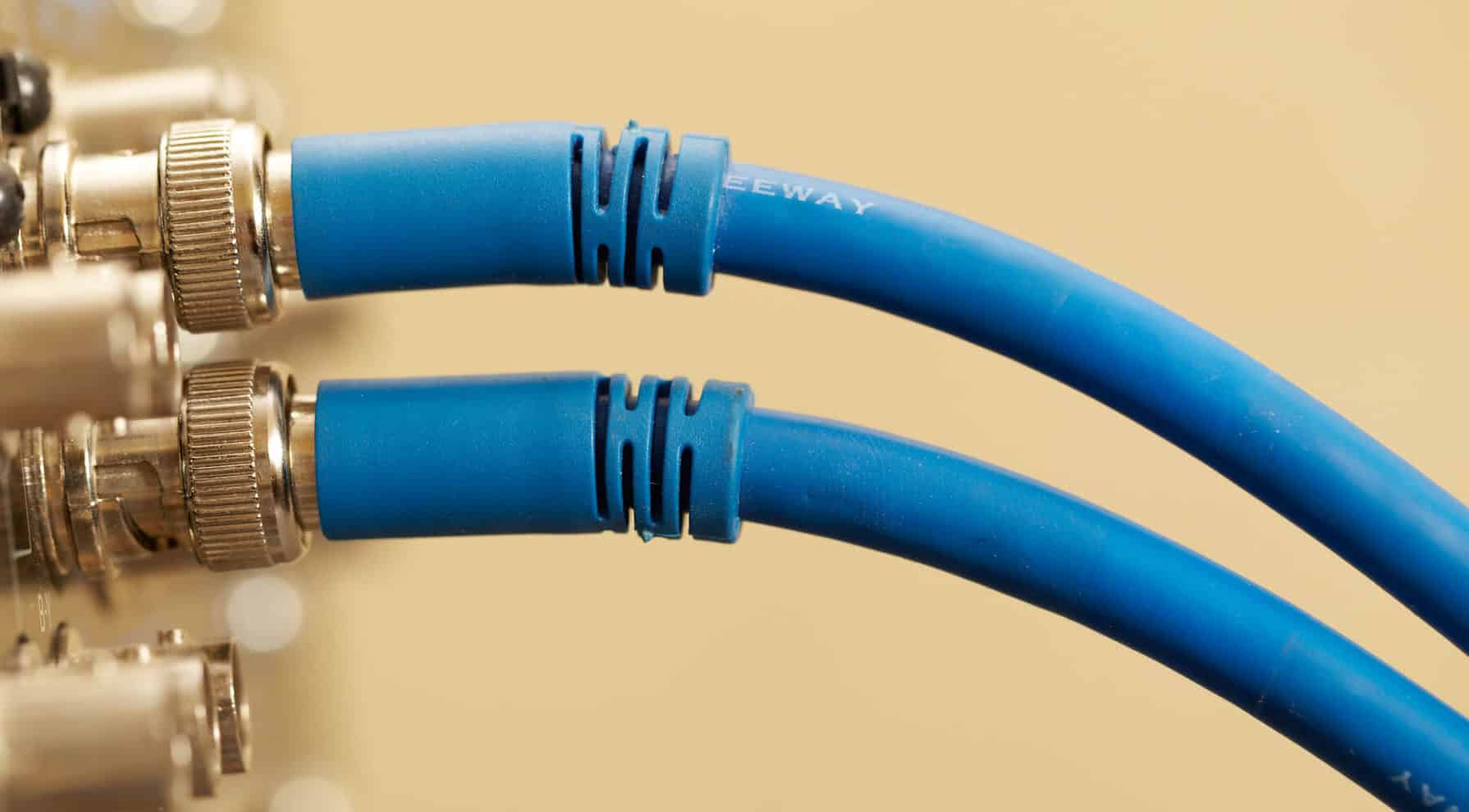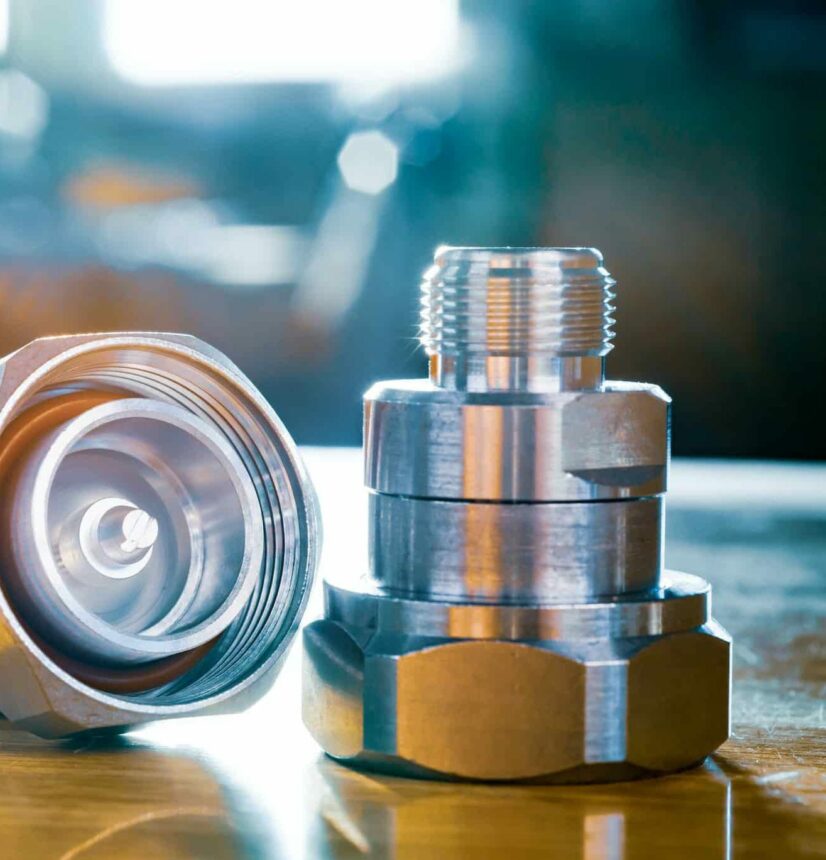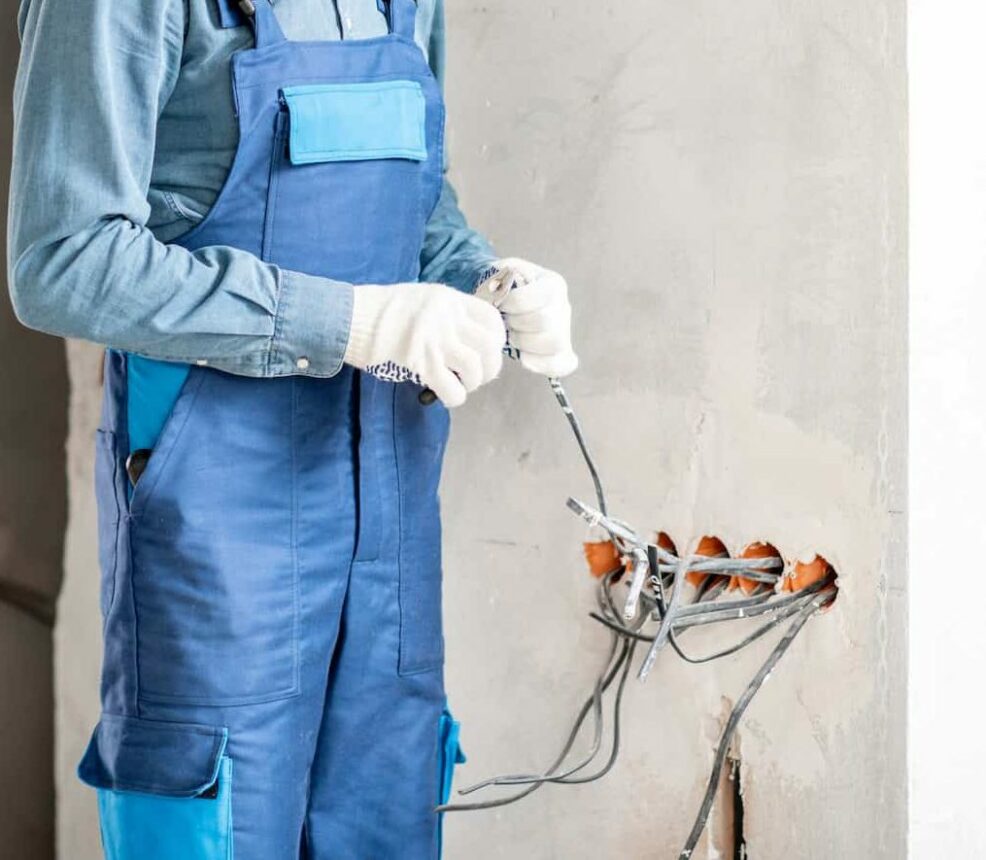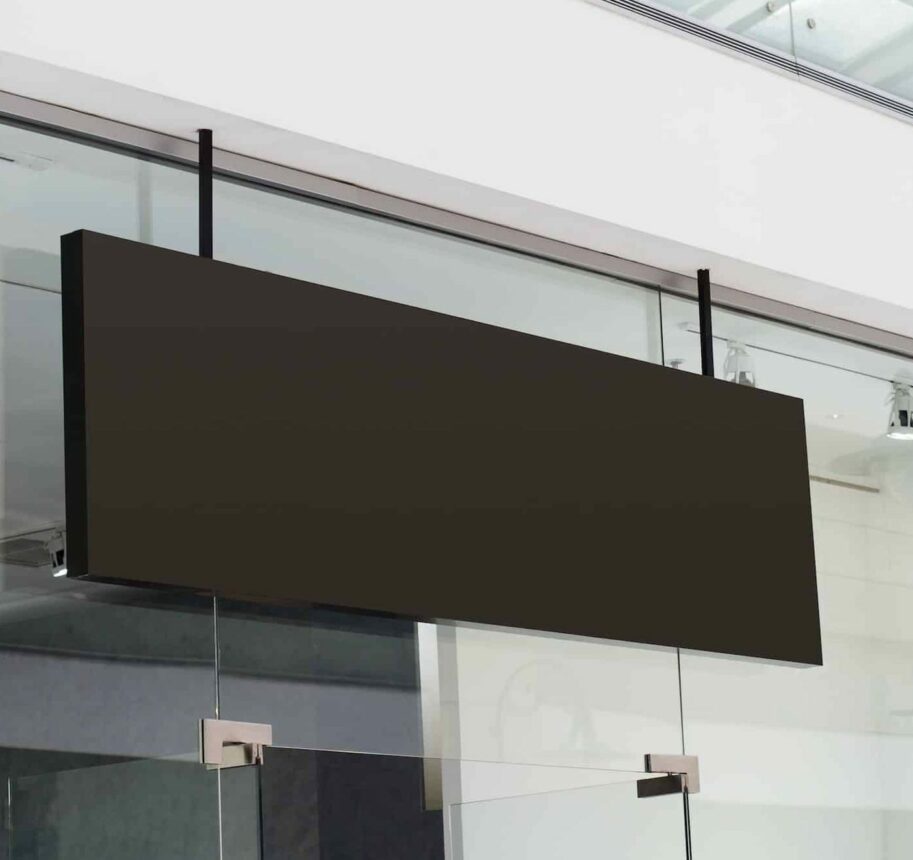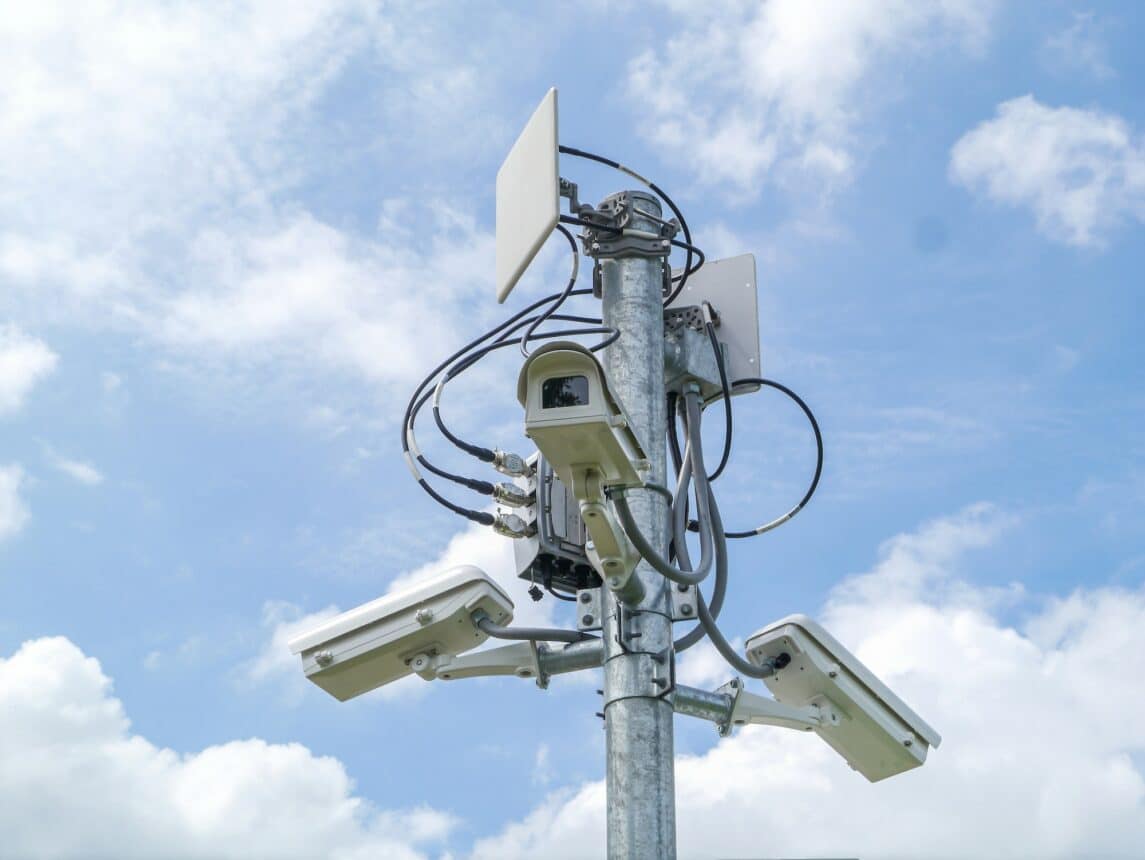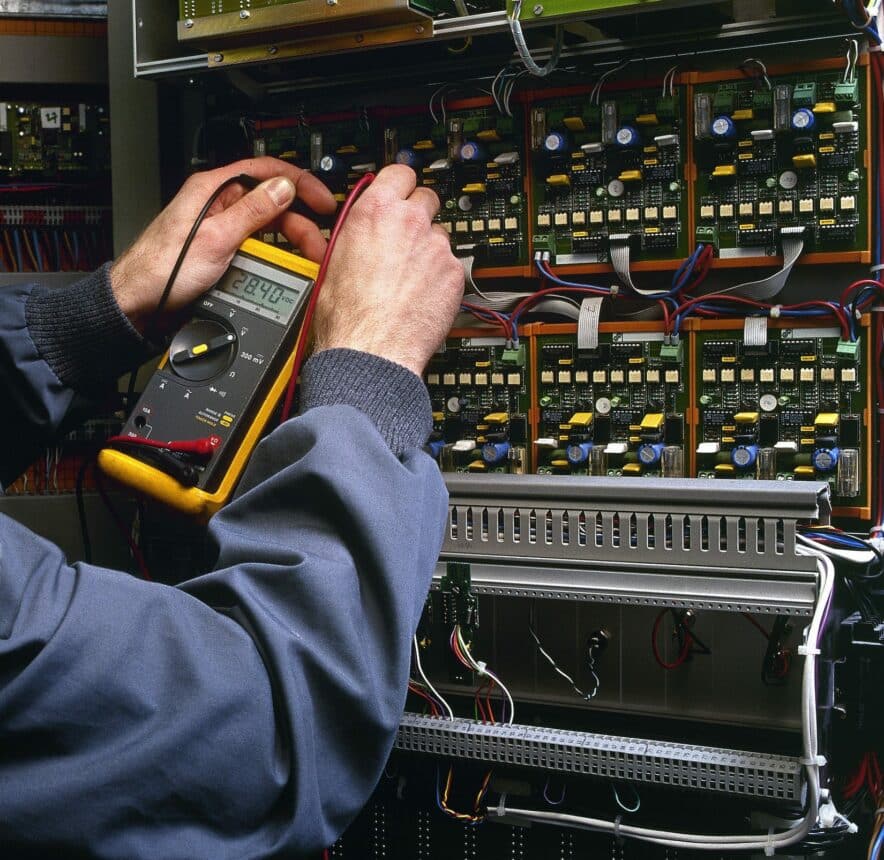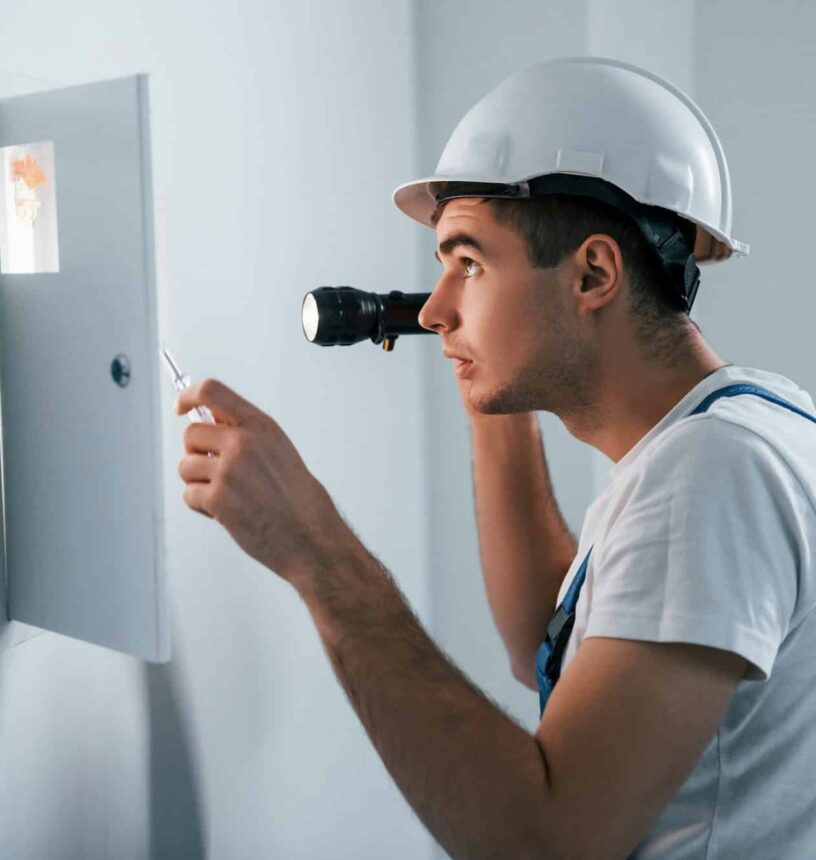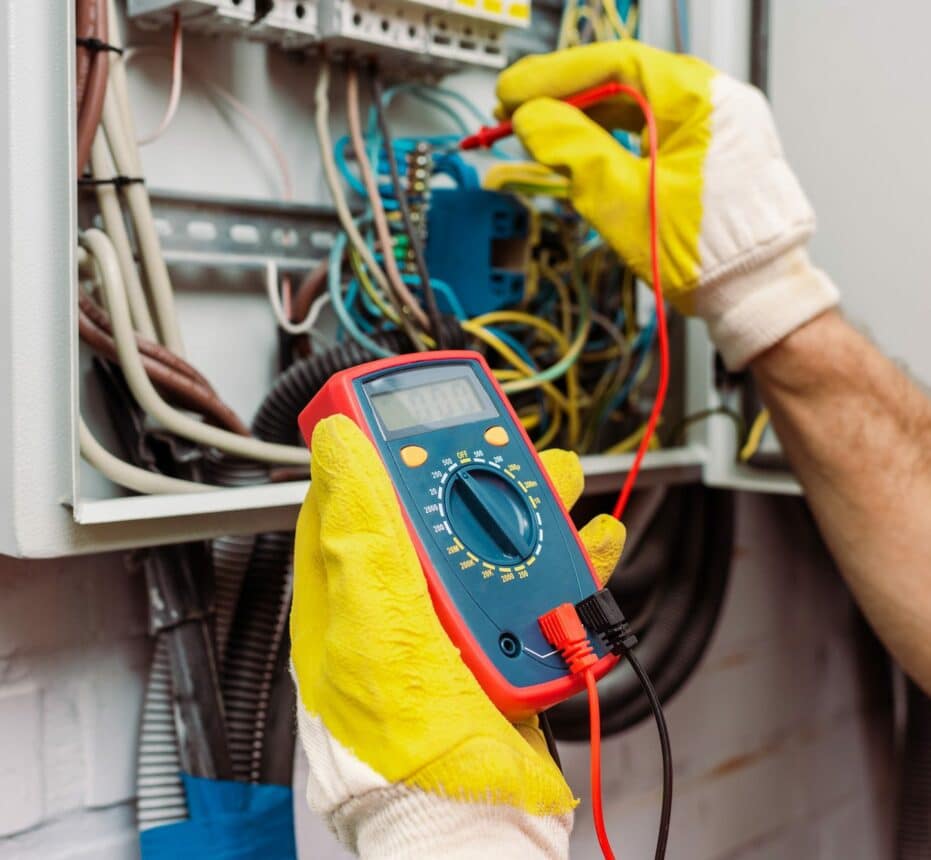Entrust Your Coaxial Cabling Installation To A Licensed Electrical Contractor
The signals that coaxial cables are responsible for transmitting can be mission critical for many businesses. If you don’t hire a licensed electrical contractor to install your coaxial cabling, you might experience problems with your phones, TVs, Internet, and any devices relying on these services.
